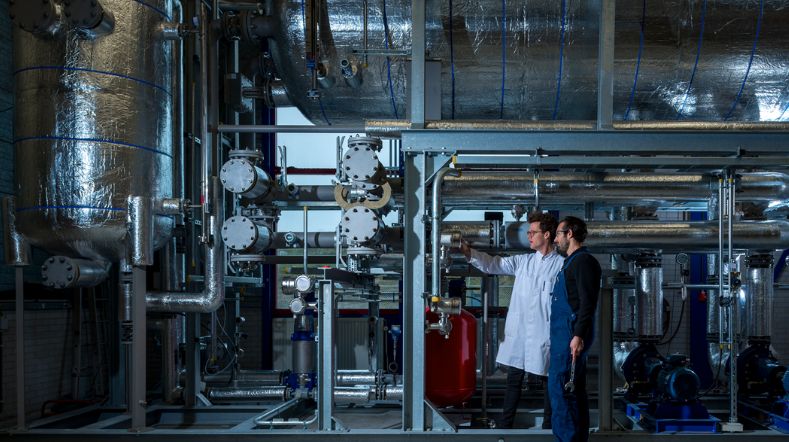
Time setter story: Romée Kars on geomodelling
This is the time when innovation is crucial. To make our world safer, lives healthier and combat climate change. TNO employees make their mark on our time. In this series, we share stories of our time setters. Geomodeller Romée Kars has always been fascinated by the ground beneath our feet.
'In the Netherlands we have a rare large amount of data from the subsurface. At the Geological Survey of the Netherlands, part of TNO, we have been studying this for a hundred years. We manage the data in a database accessible to everyone, the Key Register of the Subsurface.'
'We increasingly learn more about what lies beneath our feet, but there is still a lot to discover. Our work is therefore far from finished, not least because new information often leads to new questions.’
Geomodelling
'Because it is not feasible to drill a hole on every square metre of land, we make models that allow us to predict the structure and properties of subsurface layers. We share this knowledge with public authorities and companies that need reliable data to safely dig tunnels, build residential areas and extract resources.'
'For example, we have provided the water authority Hoogheemraadschap De Stichtse Rijnlanden with a detailed subsurface model, which the water authority can use to make decisions about reinforcing the Lekdijk between Wijk bij Duurstede and Schoonhoven. Together with residents, nature organisations and other stakeholders, the water authority looked for solutions that fit in with the landscape. The type of measure that is needed depends on the subsurface. The 3D models we made of the subsurface enable the engineers to get to work.'
'We have made a similar subsurface model for the municipality of Enschede, by way of geomodelling. Enschede is partly located on an ice-pushed ridge which causes the groundwater to infiltrate better in one place than another. Our model gives the municipality insight into where they can expect problems with groundwater.'
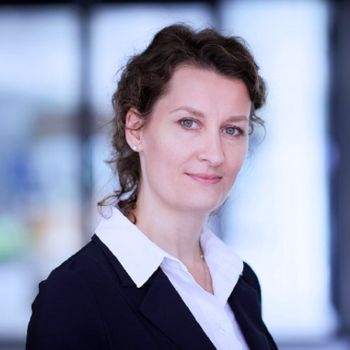
'Many disciplines come together here. This results in interesting cross-pollination. I find working with other ‘geo-addicts’ really inspiring.'
Cross-pollination
'I've always been fascinated by the ground beneath our feet. As a child I collected stones and wanted to know everything about volcanoes. During my Geology studies, a world opened up for me. Also at TNO I learn every day, especially from my colleagues.'
'Many disciplines come together here. Geology, geohydrology, geochemistry: everyone here likes to share their expertise and is open to new insights. This results in interesting cross-pollination. I find working with other ‘geo-addicts’ really inspiring. For instance, we are developing ways to add 'Anthropogenic' to our geological modelling. We humans change quite a lot to the subsurface by excavation - like peat or sand extraction - and by adding material, for example sand when building houses. But how do you register that on a map? Being a bit 'nerdy' to arrive at something useful – you can do that at TNO.'
Want to become a time setter too? Come work at TNO.
Get inspired
CRM materials and processes
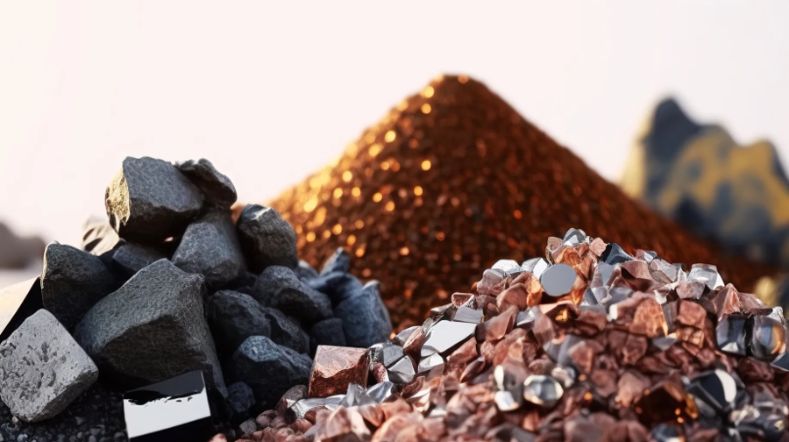

TNO–SodM–NIOZ: ‘Methane emissions in the North Sea often linked to shallow natural gas’
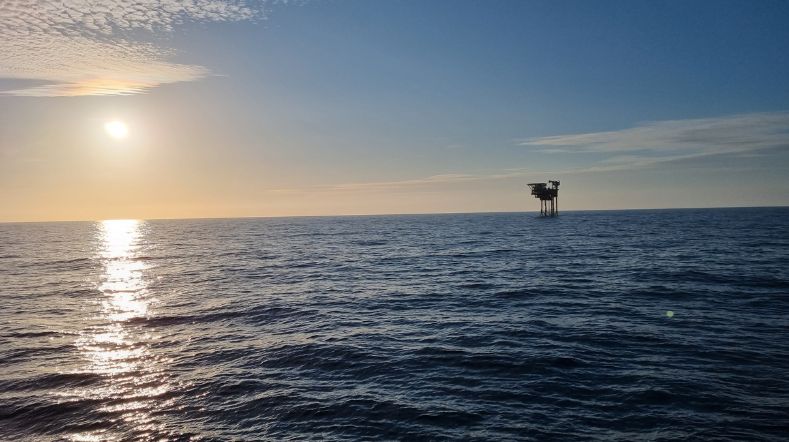

Heat
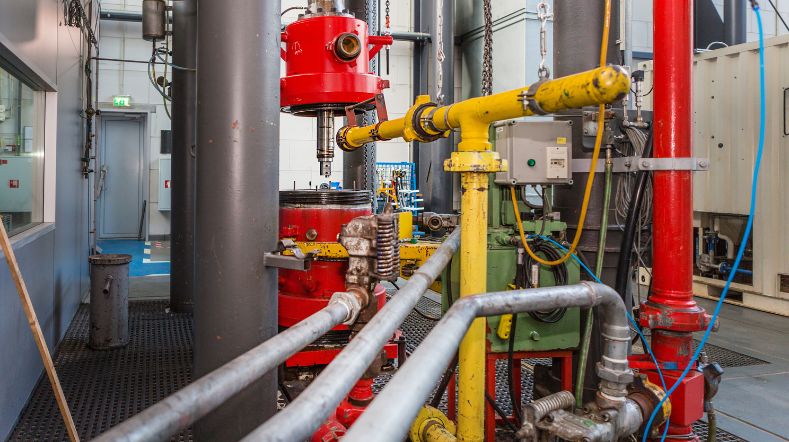

Geothermal energy: sustainable heat from the subsurface
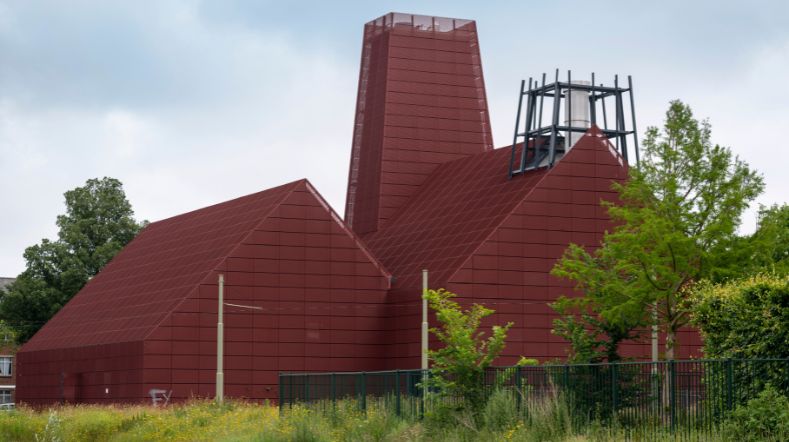

Smarter storage: how TNO optimises thermal energy storage
